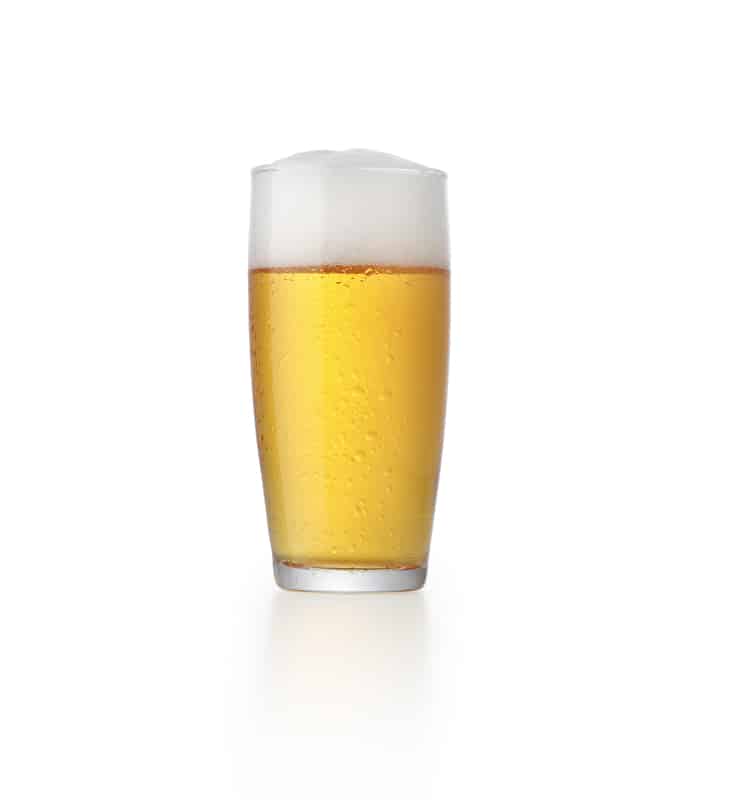
Beer is a widely consumed beverage out there. While it’s common to purchase beer from the stores, many people keg the homebrew because it’s more convenient and makes the beer pretty quickly. Not to forget, having your own tap to beer is always a welcoming experience. However, many people complain about over carbonated beer, and with this article, we are here to offer some help!
How To Fix Over Carbonated Beer?
When it comes down to the beer, it’s quite convenient to over carbonate the beer, particularly if you aren’t careful about the temperature within the keg. In addition, the over carbonation is a result of the shake and carbonate form of beer carbonation. It is easy to identify issues with carbonation. For instance, if you look at the beer line and there are small bubbles coming out of the keg, it will mean that the beer is over carbonated because CO2 will start escaping the headspace. Now, let’s see what can be done to fix the over carbonation.
1. Check The Head Space
The first solution to fix the over carbonated beer is to purge the keg’s headspace and unhook the CO2 connection. You must leave the gas unhooked and let the dissolved gas escape from the beer, and fill up the keg’s headspace. This entire process will take around two to three hours, which means you need to wait. In addition, you need to connect the gas at serving pressure and try brewing beer again. In fact, you can repeat the process until the beer starts flowing properly.
This is all about degassing your over carbonated beer. Clearing the headspace will help remove carbon dioxide from beer. In fact, you can also chill your beer in a freezer to fasten up the process.
2. The Sugar Content
When it comes down to beer, you need to understand the value of yeast. This is because overactive yeast is one of the most common reasons behind over carbonated beer. To illustrate, if the yeast is left in a hospitable and warm environment for enough time, it will transform sugar into CO2 and ethanol. For this reason, you need to stop the conversion of sugar. It can be done by changing the temperature because the yeast tends to enter the hibernation period at a temperature less than 55-degrees Fahrenheit.
The chances of over carbonation can be prevented by measuring the priming of sugar and making the final fermentation process is halted within two to three weeks.
3. Wait
One of the easiest ways of fixing the over carbonated is to wait. This is because the beer bottles are not always airtight. This means that the pressurized environment will look for equilibrium, given the pressure of exterior air. So, if you wait, the pressure will reduce, and carbonation will be fixed. However, you need to remember that it will take some time.
4. Temperature
If you don’t mind some physics, the temperature can actually help resolve the issue. This is because gas particles tend to move at a higher speed when the temperature increases, which results in the exertion of pressure. For this reason, we suggest that you reduce the temperature, and the pressure will come down within a few minutes. For quicker results, you can put your beer bottles in the freezer.
Is The Over Carbonated Beer Harmful?
It is needless to say that over carbonated beer is frustrating, but the health factor is the most important factor. For instance, when you open the over-pressurized bottle, the beer’s foam will spill out, and it will be extremely volatile. As a result, the gas will be cleared within a few seconds, and the leftover beer will be flat. For the most part, the foam will decompose exponentially, which means the beer will break down within a few minutes, and it will prevent the development of thick and sable head formation.
Having said that, the over carbonated beer will negatively influence the pouring. Even more, the over carbonated beer will have excessive pressure in the tank, which can result in an explosion of the beer keg. All in all, to prevent the over carbonation of the beer, you need to be cautious about the sugar in the beer bottle (keep it low).